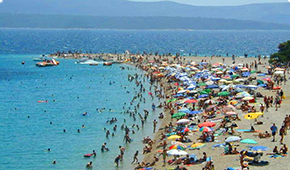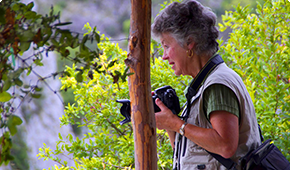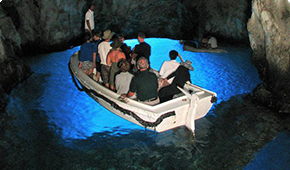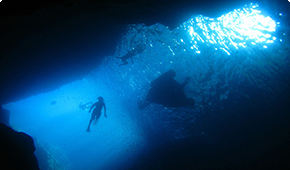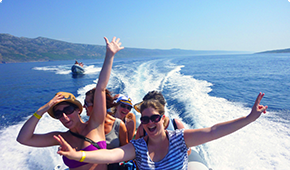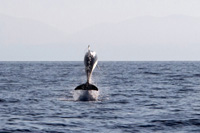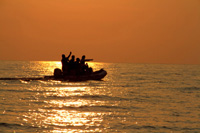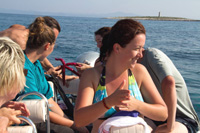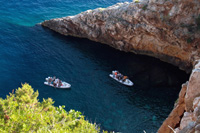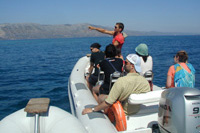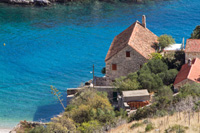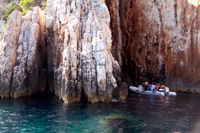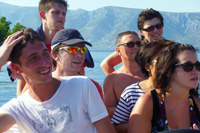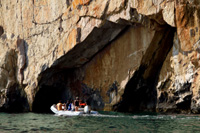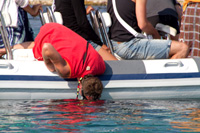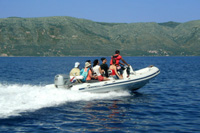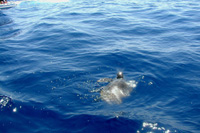
ilirios hvar tours : boat tours : hvar pakleni bol zlatni rat
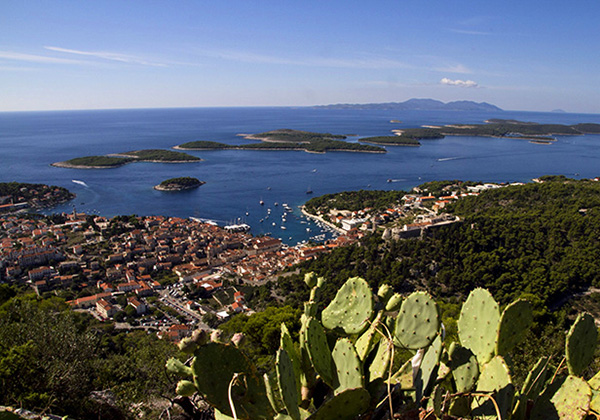
Three island tour by RIB-boats: Hvar, Pakleni, Brac and Zlatni rat
Waters of the western and central part of the island of Hvar with its islands-satellites are particularly interesting. The island of Hvar as well as the group of islands, islets and reefs in its vicinity stand out for their uniqueness. The contrast between hospitable coves, little beaches and small fishermen' houses in the northen part of the island and unaccessible cliffs in the south can be noticed during the sailing .
Sailing by rib boats, due to their properties, is very pleseant even if the sea is choppy; that's why RIB tours are very popular especially among younger guests.Sometimes a jolly dolphin can be seen during the sailing. The tour starts in the port of Split and we visiting Bol on Brac island and famous Zlatni rat beach, Hvar island which is known as the most indented Adriatic island and Hvar town with Pakleni islands group in front.
The itinerary includes three swimming breakes at different places and a lunch break on Pakleni islands where the delicious smell from nearby restaurant stimulates our nostrils while the clear turquoise water entices us to jump and swim.
We'll stop for a while in Hvar port to enjoy the view to Hvar town. Hours of the highest temperature are reserved for an islet with lighthouse-Pokonji dol, the reefs Lukavci which is the habitat of sea gulls and caper as well as the cliffs in the southern part of the island. Our RIB cruise will be completed by enjoying in swimming. We'll finish our RIB travel adventure with riding on waves created by summer west wind. RIB rides are always very exciting.
This excursion is highly recommended to those who would like to see more in a different, dynamic way. In fact, this is the only way to experience all those beautifull islands with hidden coves and lovely beaches in only one day...
This excursion belongs to our adventure offer.
TOP
Pakleni islands
The Pakleni (pronounced [pǎklɛniː]) or Paklinski ([pâkliːnskiː]) islands are located off the southwest coast of the island of Hvar, Croatia, opposite the entrance to the Hvar (city) harbour. The name is popularly translated as Hells' islands (pakleni: hellish), but it originally derives from paklina, an archaic word, from which pakleni too is derived, that means "tar", and in this case refers to the pine resin once used to coat ships that was harvested on these islands.
The main island ov Sveti Klement is also called Veliki otok or Big island. It has 3 settlements, Palmi\9Eana, Momica Polje and Vlaka. There is a large, well protected yacht marina at Palmi\9Eana.
The chain of islands is approximately 10 kilometres (6.2 mi) long, formed of limestone, with a very indented coastline and low pine forest with black pine, and aleppo pine. The highest point on the islands is 94 metres (308 ft). The islands are a popular destination for visitors with smaller craft, especially yachts, providing numerous peaceful coves for diving, underwater fishing, swimming and water sports.
Source Wikipedia
Bol, Brac island
Bol is a town on the south of the island of Braè in the Split-Dalmatia County of Croatia, population 1,661 (2005).
Bol (its name derive from the Latin word "vallum") is renowned for its most popular beach, the Zlatni Rat ("Golden cape").It is a promontory composed mostly of pebble rock that visibly shifts with the tidal movement, a unique sight. The sea at Zlatni Rat and, indeed, the entire area is quite crystalline (and somewhat colder than usual), due to the strong current of the strait it is situated in. On a still day the stones on the sea-floor that are 30 feet down look only an arm's length away, and there are spectacular pine trees that grow down the middle of Zlatni Rat (there is a beach on either side of the horn). Bol itself is a very popular tourist destination and has a number of harbourside bars and restaurants. Bol is a popular place in the Adriatic Sea, known for good wind surfing conditions.
The Dominican church in Bol contains a number of paintings by Tripo Kokolja.
Source Wikipedia
About Zlatni rat (Golden horn cape)
The Zlatni Rat, often referred to as the Golden Cape or Golden Horn (translated from the local Chakavian dialect), is a spit of land located about 2 kilometres (1 mile) west from the harbour town of Bol on the southern coast of the Croatian island of Braè, in the region of Dalmatia. It extends into the Hvar Channel, a body of water in the Adriatic Sea between the islands of Braè and Hvar, which is home to strong currents. The landform itself is mostly composed of a white pebble beach, with a Mediterranean pine grove taking up the remainder.
The beaches on either side of the spit extend for some 634 metres (2,080 ft) altogether, but the exact shape and length of the landform varies with regard to changes in tide, current, and wind. The farthest end, which is usually turned slightly towards the east, will often shift to the west in certain weather conditions, esp. a strong south-easterly Sirocco wind (known in Croatia as the Jugo). The surrounding waters are usually cool and very clear, due to the current in the Hvar Channel. The current is mildly hazardous for swimmers who decide to venture far directly southwards from the tip towards the open sea, as it could be difficult to swim back west towards the beach (the swimmer being effectively well over 150 meters from the coast); the danger is not severe, however, as the standard current would merely take the swimmer back east towards the harbor of Bol (and the beaches on the promontory of land that lies between Zlatni Rat and the town). A reliable afternoon westerly wind known as a Maestral has made the beach a destination for windsurfers.
The pine tree grove which borders the beach is home to the remnants of a Roman villa rustica, which included a swimming pool. The westernmost edge of the beach, and several coves to the west of the main beach, are traditionally clothing-optional. The promontory is protected as a geomorphological phenomenon.
Source Wikipedia


